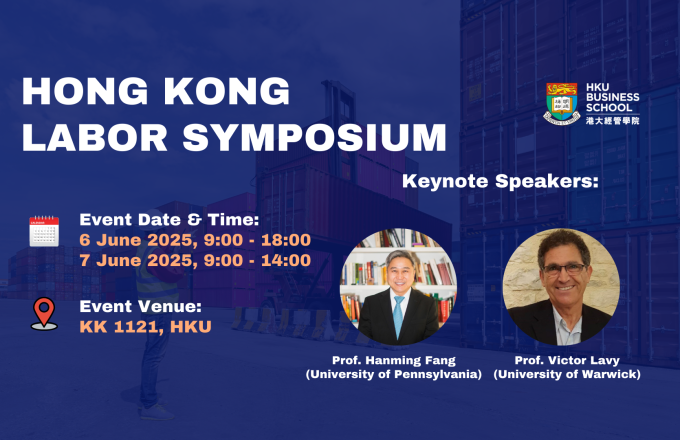
When Do Firms Trade Patents?
Mr. Jung H. Kwon
Ph.D. Candidate in International Management Studies
Jindal School of Management
University of Texas at Dallas
Drawing on the Coase theorem, we consider a firm’s decision to transfer patent ownership to another firm in the markets for innovation. We deem that the proximity of a patent’s technology structure to that of a firm’s patent portfolio will generally result in greater marginal productivity of the patent, leading to enhanced prospects for the firm’s economic return. We thus predict that firms are more likely to trade patents when the technology structure of a patent is closer to the technology stock of a potential buyer compared with that of its original assignee. However, such a relationship will be weaker when a potential buyer and the original assignee have greater product-market overlap or when the assignee has superior technological capability. We test these predictions by employing a dyad-level analysis of transactional decisions during the 1987−2016 period on 40,110 U.S. patents assigned to 57 major biopharmaceutical firms. Our study provides novel insights on factors that facilitate or inhibit patent trade in the markets for innovation.







